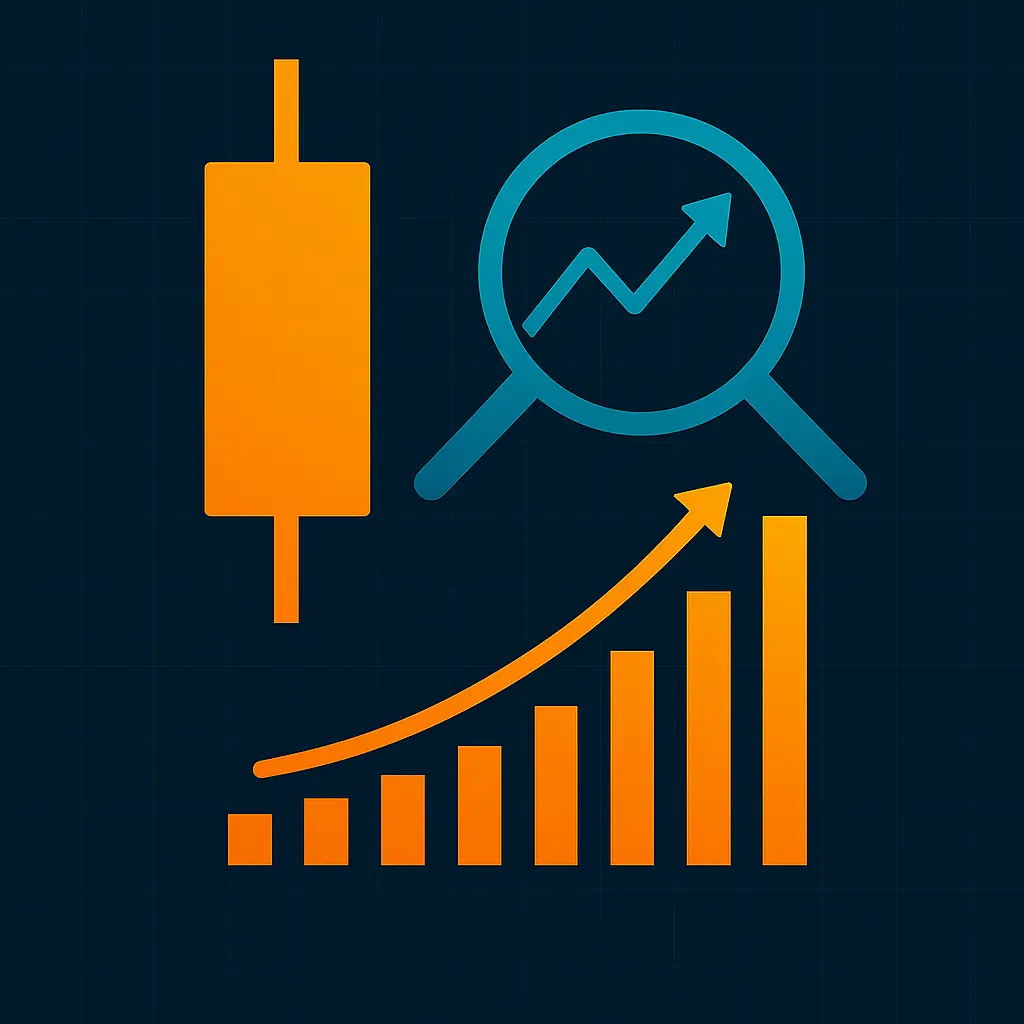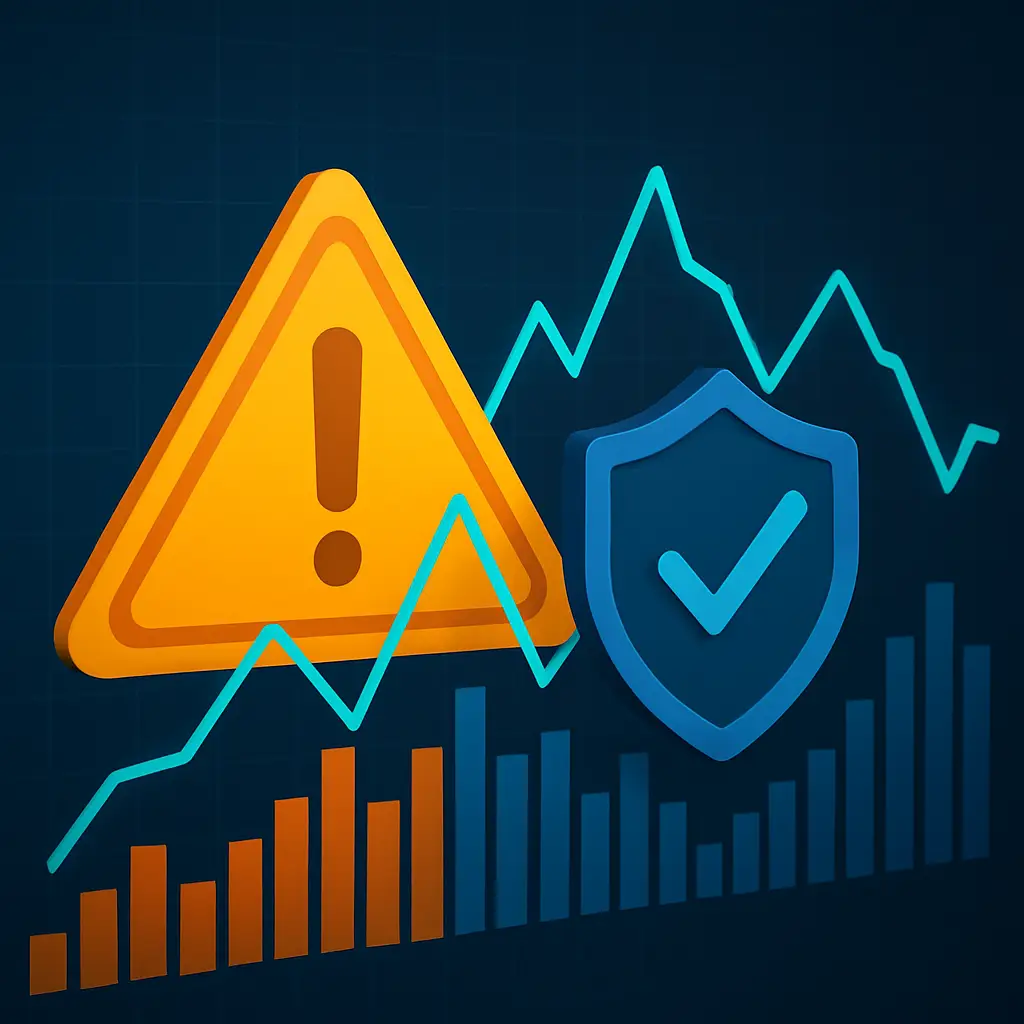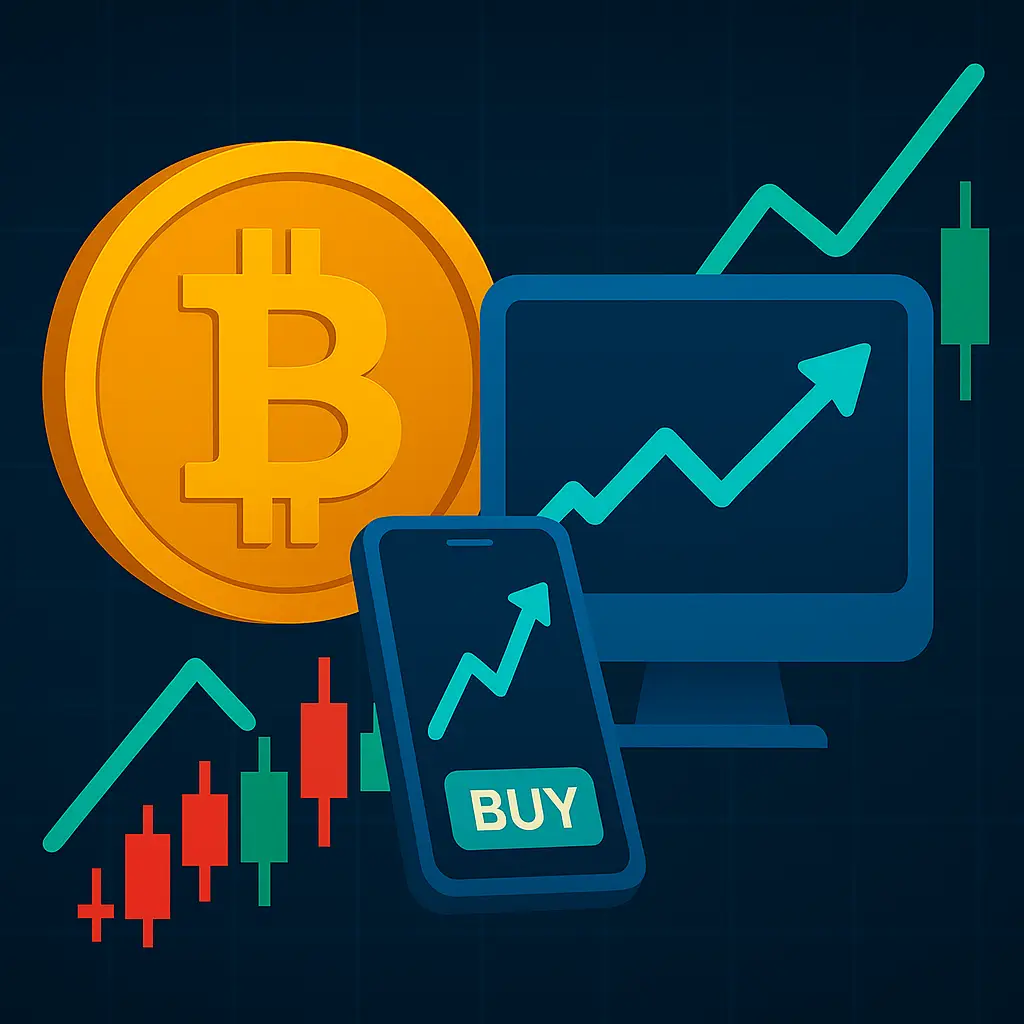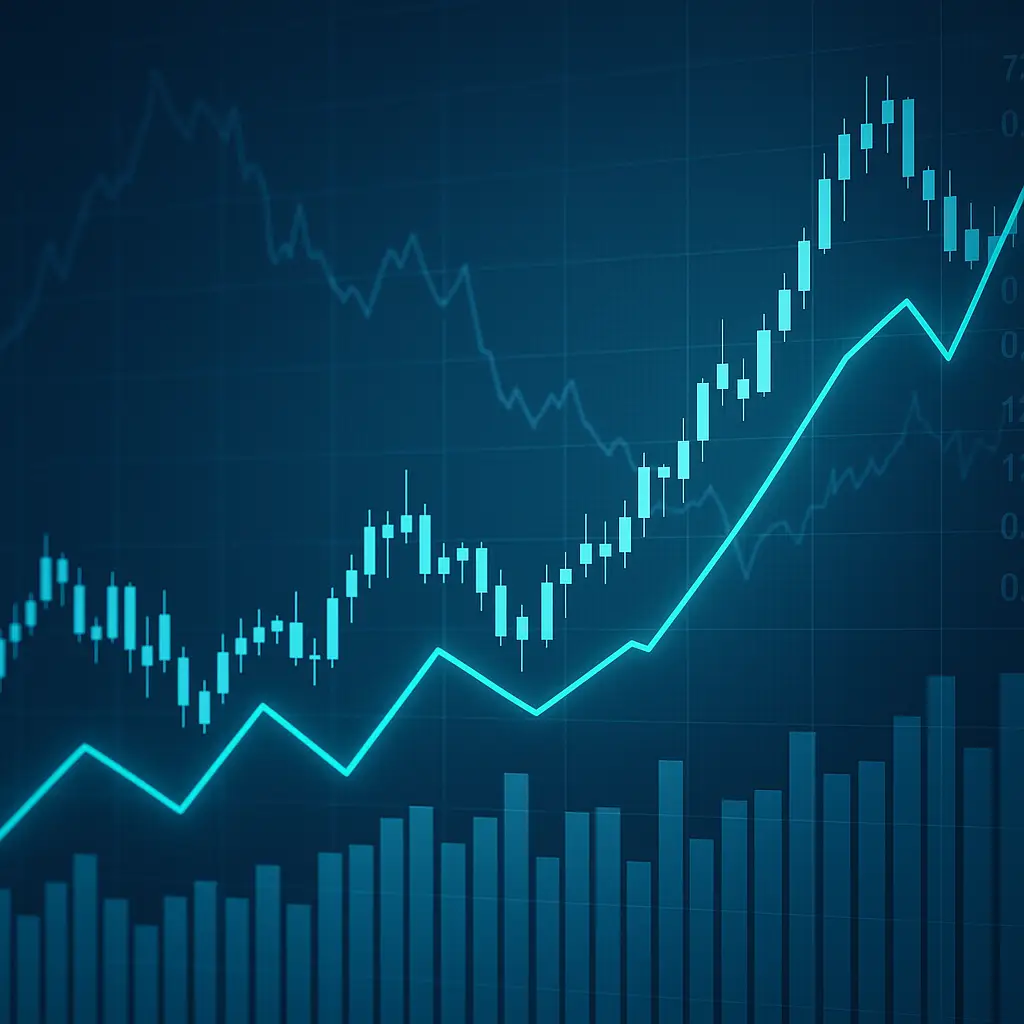
At its core, trading involves speculating on the price movement of an asset. If you believe the price will go up, you buy (go long). If you think it will go down, you sell (go short). The goal is to buy low and sell high, or vice versa if you’re shorting.
Unlike investing, which focuses on long-term wealth-building, trading is often short- to medium-term and aims to capitalize on frequent market fluctuations.
Forex (Foreign Exchange)
Trading currencies like EUR/USD or GBP/JPY
Open 24 hours a day, 5 days a week
Highly liquid and great for short-term strategies
Stocks
Buying and selling shares of companies like Apple or Tesla
Requires knowledge of earnings reports and broader equity markets
Cryptocurrency
Trading digital assets like Bitcoin or Ethereum
Open 24/7 and known for high volatility
Commodities
Trading goods like gold, oil, and wheat
Heavily influenced by global supply-demand dynamics
Indices & ETFs
Trade the performance of a group of assets (like the S&P 500 or NASDAQ)
When you trade, you typically do so through a broker who gives you access to a trading platform (like MT5). Your trades are executed based on market orders (buy/sell immediately) or pending orders (buy/sell at a set price).
Price movements are influenced by factors such as:
Market news
Economic data
Technical indicators
Supply and demand
Bid/Ask: The price at which you can sell (bid) or buy (ask) an asset.
Spread: The difference between the bid and ask price (often a cost to you).
Leverage: Borrowed capital that allows you to control a larger position with less money.
Margin: The capital you need to deposit to open a leveraged trade.
Pips: A unit of measurement in Forex, showing small changes in price.
Lot Size: The volume or amount you’re trading (e.g. 1 lot = 100,000 units in Forex).
Scalping
Very short-term trades held for seconds to minutes
Focused on capturing small, frequent profits
Day Trading
Trades opened and closed within the same day
No overnight exposure
Swing Trading
Trades held for several days to weeks
Based on technical patterns and momentum
Position Trading
Long-term trades based on major market trends
Requires patience and a larger account
Charts & Indicators: Moving averages, RSI, MACD, Bollinger Bands, etc.
News Calendars: Stay updated on economic releases and geopolitical events.
Demo Accounts: Practice trading without risking real money.
Trading can be profitable—but it’s also risky. Beginners often make emotional decisions or over-leverage their accounts. Key risk management principles include:
Never risk more than 1-2% per trade
Always use stop-loss orders
Diversify across assets
Stick to a trading plan
Trading can be an exciting and potentially rewarding journey—but it requires time, practice, and discipline. Before trading with real money, make sure you understand how the markets work, how to use your platform, and how to manage risk responsibly.
Start with a demo account, study the basics, and build your trading knowledge step by step. With the right foundation, you’ll be better prepared to navigate the markets confidently.




